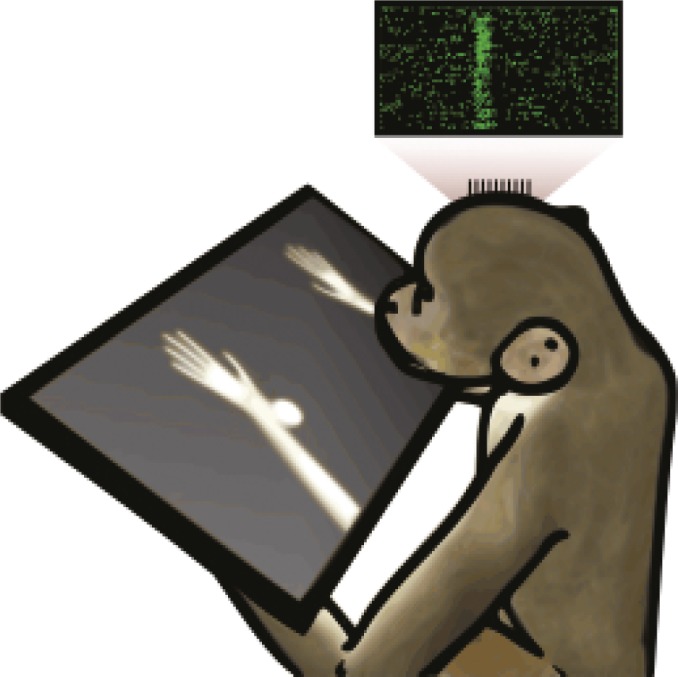How irrigation development affects malaria risk

Agricultural landscape in the state of Gujarat, Northwest India, where a large irrigation project has been underway. Image courtesy of M. Pascual.
In arid areas, people living near irrigation infrastructure may be exposed to a high risk of malaria due to ecological changes that lead to an increased abundance of mosquitoes. But over long time scales, irrigation can lead to economic prosperity that can result in reduced malaria risk. To better understand this transition, Andres Baeza et al. (pp. 15157–15162) used spatiotemporal data from a long-term malaria surveillance program to study changes in land use and malaria risk in a semidesert region in arid northwestern India, where a large irrigation project is underway. The authors found that the incidence of malaria was significantly higher in “low irrigated” areas than in “mature irrigated” areas that had received intensive irrigation for more than 30 years. Most of the recent irrigation changes due to the large project took place in the fringe zone between the mature irrigated and low irrigated areas. The incidence of Plasmodium vivax in this zone was higher than in the low irrigated areas, despite increased public health efforts to address the rise in malaria levels. The study indicates that a transition phase, characterized by enhanced malaria risk despite heightened control efforts, can last more than a decade, and the authors suggest that large water-related projects need to plan for long-term increases in health impacts. — S.R.
Beliefs can shape the effects of glucose on self-control
Researchers have previously reported that glucose can boost an array of cognitive functions, including self-control. To uncover the nature of the link between short-term glucose ingestion and self-control, Veronika Job et al. (pp. 14837–14842) tested a hypothesis that people’s beliefs about willpower might underlie the observed benefits of glucose consumption to willpower. To test the hypothesis, the authors recruited 303 university students for a study reported in Carol Dweck’s Inaugural Article. The authors first administered a questionnaire to students to determine whether or not the students believed that willpower was a limited, easily depleted resource. Next, after students ingested either a sugary drink or an artificially sweetened drink, they undertook two demanding cognitive tasks that required the exercise of self-control. The authors found that the sugary drink had a positive influence on performance only among students who believed that willpower is a limited resource; the students fared better when they had consumed the sugary drink than when they had consumed the artificially sweetened drink. In contrast, for students who believed that willpower is plentiful and can be enhanced by exercising self-control, ingesting glucose did not affect their performance; the students performed well with or without glucose. According to the authors, culturally shaped beliefs about willpower can determine whether or not glucose is needed for optimal performance. — P.N.
Restoring immunity to hepatitis C virus
During a chronic hepatitis C virus (HCV) infection, cytotoxic T cells—a type of white blood cell that kills virus-infected cells—progressively lose function and proliferation potential, and display increased expression of the programmed cell death 1 (PD-1) receptor. Inhibition of PD-1 signaling with anti–PD-1 antibodies restores proliferation of HCV-specific T cells in vitro, but it remains unclear whether PD-1 blockade can restore the antiviral activity of these cells in vivo. Michael Fuller et al. (pp. 15001–15006) administered anti–PD-1 antibodies to three chimpanzees with chronic HCV infection. The authors found that treatment increased HCV-specific T-cell responses in the liver and reduced HCV RNA levels by approximately 100-fold in one of the animals; however, virus levels rebounded when the therapy was discontinued. Furthermore, compared with the two chimpanzees that did not respond to anti–PD-1 therapy, the animal that responded to therapy possessed a greater amount of T cells targeting multiple HCV proteins prior to therapy. The findings suggest that successful restoration of HCV immunity via PD-1 therapy may require a critical threshold of preexisting HCV-specific T cells that remain responsive to the virus when PD-1 is blocked, according to the authors. — N.Z.
Potential biases in US behavioral research
Conscious and unconscious biases can compromise scientific research. Biases are thought to be exacerbated by the use of experimental methods that lack consensus, selective publication of results, and publication and career evaluation systems that prioritize impact and productivity over quality and reproducibility. To investigate these hypotheses, Daniele Fanelli and John Ioannidis (pp. 15031–15036) analyzed 1,172 primary outcomes reported in 82 meta-analyses of health-related biological and behavioral studies from the fields of genetics and psychiatry, and measured how the primary study outcomes deviated from overall summary outcomes reported in the meta-analyses. The authors found that primary studies involving behavioral outcomes were more likely to report extreme effects than studies involving biological measurements, such as physical or chemical parameters, or unambiguous outcomes like death or physical disease status. Furthermore, behavioral studies with a corresponding author located in the United States were more likely to report extreme effects that favored the study’s hypothesis than studies by authors in other countries. The authors suggest that the biases may stem from an interaction between the low level of methodological consensus in behavioral research and the “publish or perish” philosophy prevalent in the United States that motivates researchers to report positive results. — N.Z.
Rubber hand illusion reroutes sensori-motor signaling

Experimental setup to evoke the rubber hand illusion in a monkey. Image courtesy of Katie Zhuang, (Duke University, Durham, NC).
The brain builds a spatial model of the body, or “body schema,” based on sensory feedback from skin, joints, and muscles, as well as visual and auditory cues. Body schema has been demonstrated to be plastic using experiments such as the rubber hand illusion (RHI), in which participants perceive a mannequin hand as their own when their real hand, hidden from sight, and the mannequin hand are repeatedly touched at the same time. Solaiman Shokur et al. (pp. 15121–15126) investigated the basis of the RHI phenomenon by recording somatosensory (S1) and motor (M1) cortical neuronal ensemble activity in monkeys that watched an avatar arm being touched by a virtual ball. After a few minutes of simultaneous virtual and physical touching, neurons in both S1 and M1 began responding to virtual touches alone. The response, the authors report, occurred 50–70 milliseconds later than the response to physical touch, a delay consistent with the use of the polysynaptic pathways that link the visual cortex to S1 and M1. Based on the findings, the authors suggest that S1 and M1 contribute to the RHI phenomenon and that patients who incorporate prosthetic limbs into their body schema do so by exploiting plasticity in these areas of the brain. — T.J.


